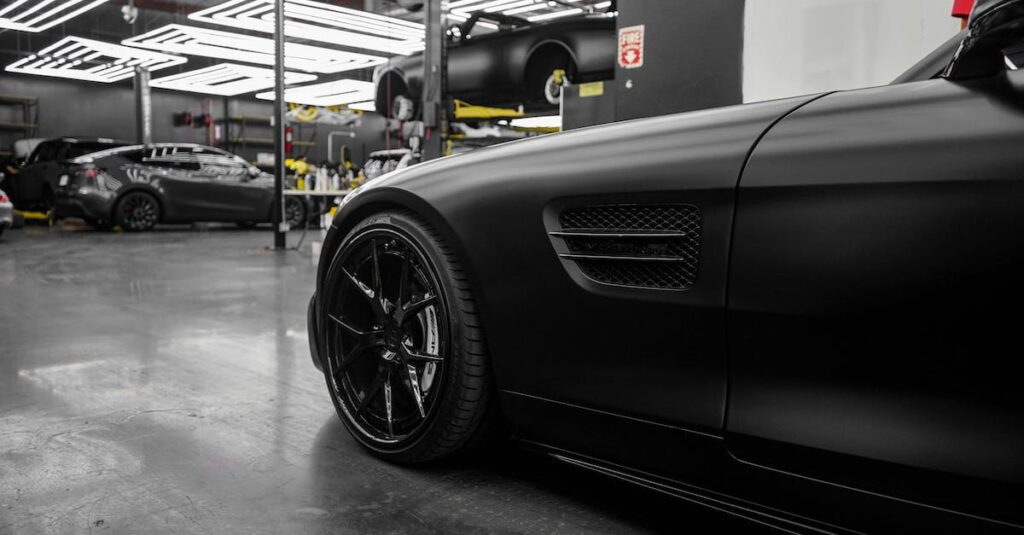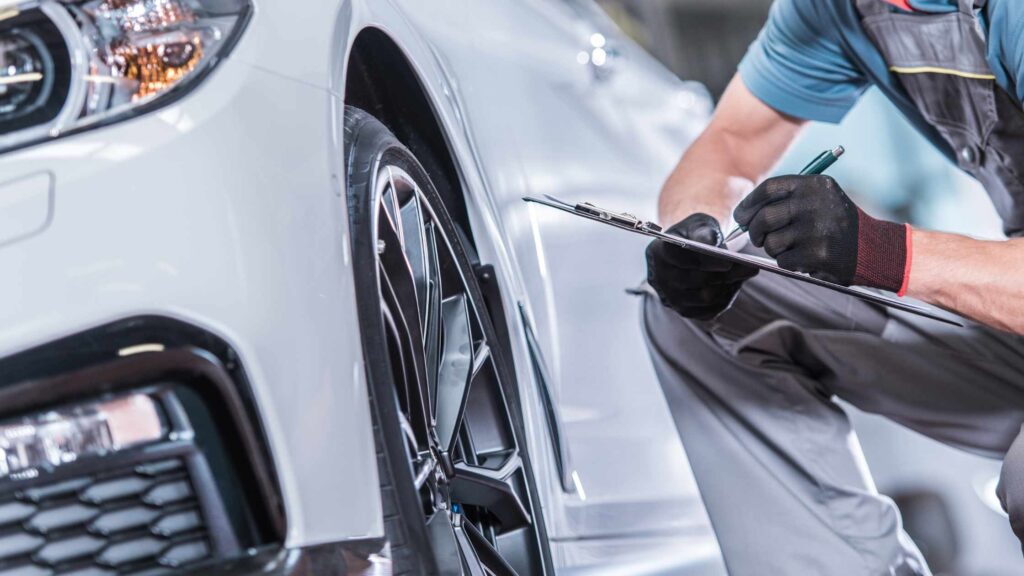Introduction
As a car owner, it’s inevitable that you’ll encounter some minor issues with your vehicle from time to time. While major repairs should be left to professionals, there are several basic fixes that you can easily do yourself. Not only will this save you time and money, but it will also give you a sense of independence and self-reliance. In this article, we’ll explore some common DIY car repairs that every car owner should know.
Changing a Flat Tire
One of the most common issues you might face as a car owner is a flat tire. Knowing how to change a flat tire is essential knowledge that every driver should have. Follow these steps:
- Find a safe location to pull over, away from traffic.
- Engage the parking brake and turn on your hazard lights.
- Locate the spare tire, jack, and lug wrench in your car’s trunk.
- Loosen the lug nuts on the flat tire by turning them counterclockwise.
- Use the jack to lift the car off the ground, making sure it’s stable.
- Remove the lug nuts and take off the flat tire.
- Mount the spare tire on the wheel studs and tighten the lug nuts.
- Lower the car back to the ground and securely tighten the lug nuts.
- Double-check that all lug nuts are tight before driving.
Jump-Starting a Battery
Another common issue that many car owners face is a dead battery. Jump-starting a battery can get you back on the road quickly. Here’s how:
- Position the functioning vehicle close to the car with the dead battery, but do not let them touch.
- Turn off the engines and engage both parking brakes.
- Connect one end of the red (positive) jumper cable to the positive terminal of the dead battery.
- Attach the other end of the red (positive) jumper cable to the positive terminal of the functioning battery.
- Connect one end of the black (negative) jumper cable to the negative terminal of the functioning battery.
- Attach the other end of the black (negative) jumper cable to a metal part of the car with the dead battery, away from the battery itself.
- Start the vehicle with the functioning battery and let it run for a few minutes.
- Attempt to start the car with the dead battery. If it starts, let it run for a while before disconnecting the jumper cables.
- Remove the jumper cables in the reverse order of how they were connected.
Changing the Oil
Regular oil changes are vital for maintaining your car’s engine health. While it may seem complicated, changing the oil can be done with the right tools and knowledge. Here’s a simplified guide:
- Park the car on a flat surface and wait for the engine to cool down.
- Locate the oil drain plug beneath the engine.
- Place an oil container directly below the drain plug.
- Unscrew the drain plug using a wrench and allow the used oil to drain out completely.
- Once the oil has drained, replace the drain plug and tighten it securely.
- Look for the oil filter (usually located near the engine) and remove it using an oil filter wrench.
- Apply some new oil to the rubber gasket of the new oil filter, then screw it in by hand until snug.
- Use a funnel to pour the recommended amount of new oil into the engine.
- Check the oil level using the dipstick, and add more if necessary.
- Dispose of the used oil properly at a recycling center.
Replacing a Headlight Bulb
A burned-out headlight bulb is not only dangerous but can also result in a traffic citation. Save yourself a trip to the mechanic and learn how to replace it yourself:
- Find the headlight bulb assembly under the hood of your car.
- Disconnect the power wires connected to the bulb.
- Remove the rubber protective covering, if present.
- Release the metal retaining clip or twist the bulb counterclockwise, depending on your vehicle.
- Gently pull out the old bulb and replace it with a new one, being careful not to touch the glass with your bare hands.
- Secure the bulb by twisting it clockwise or reattaching the retaining clip.
- Reinstall the rubber protective covering, if applicable.
- Reconnect the power wires to the bulb.
- Test the new bulb by turning on the headlights.
Summary
While professional help is necessary for complex car repairs, every car owner should have a basic understanding of DIY fixes. From changing a flat tire to jump-starting a battery or performing simple maintenance tasks like changing the oil or replacing a headlight bulb, these skills can come in handy when you least expect it. By familiarizing yourself with these basic repairs, you can save time, money, and a trip to the mechanic. Remember, safety should always come first, so make sure to always follow proper guidelines and precautions.







